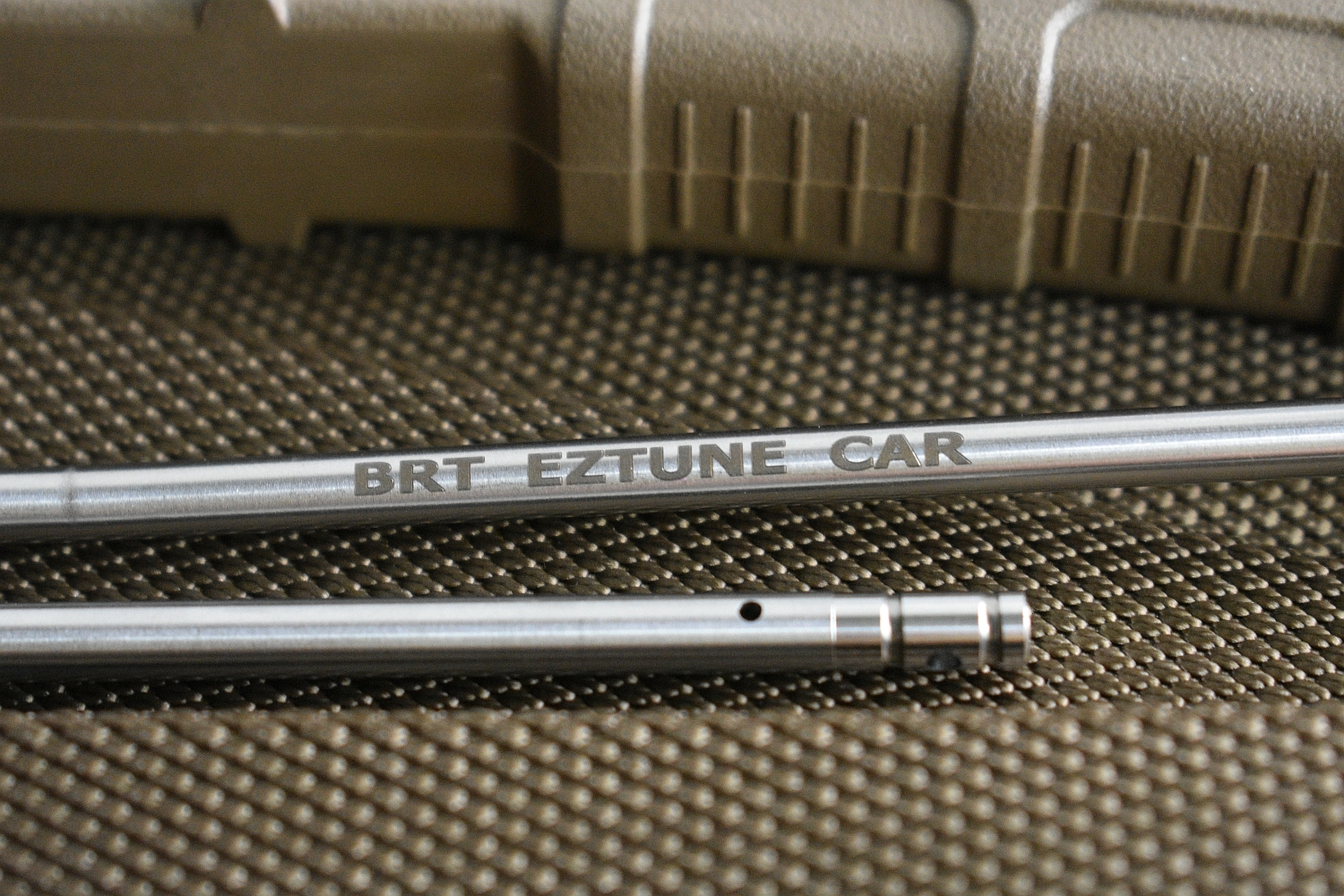^^^edit... They don't have to be actual certified coaches.. There are plenty of well seasoned shooters that could probably help you along. All. Unfortunately there are a lot of well season shooters that do it wrong, they've simply learned to work around their failure and adapt.
Reducing recoil would be one thing if you were shooting a 7.62, recoil isn't much an issue with with 5.56. I suggest completely removing recoil reduction from your thought process... Just accept it, not use it as an excuse
The fatigue speak of is gonna come from poor form not from excessive recoil.
Tune for reliability and accuracy, Just accept the recoil for what it is.
Don't buy gadgets/stuff to help your time or increase your score...invest in a coach.
Reducing recoil would be one thing if you were shooting a 7.62, recoil isn't much an issue with with 5.56. I suggest completely removing recoil reduction from your thought process... Just accept it, not use it as an excuse
The fatigue speak of is gonna come from poor form not from excessive recoil.
Tune for reliability and accuracy, Just accept the recoil for what it is.
Don't buy gadgets/stuff to help your time or increase your score...invest in a coach.



